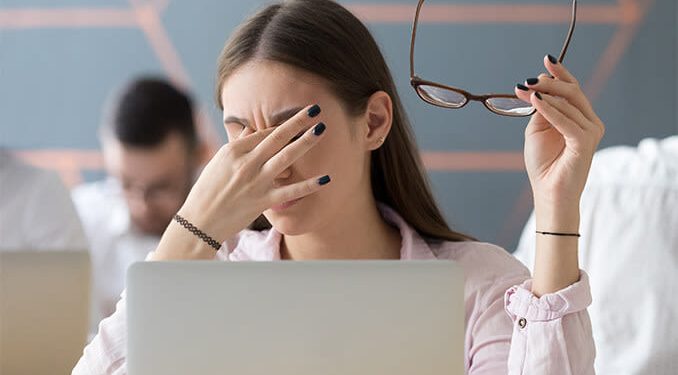In this digital age, where screens have become an integral part of our lives, the issue of eye strain has become increasingly prevalent. Whether you’re binge-watching your favorite TV series, working long hours in front of a computer, or simply scrolling through your smartphone, the strain on your eyes can take a toll on your overall health. However, there’s a solution that can make your screen time more enjoyable and healthier: efficient video compression.
Table of Contents
Understanding the Impact of Screen Time
- The Digital Era and Eye Strain
In the modern world, we spend a significant portion of our day staring at screens, be it for work, entertainment, or communication. This constant exposure to screens can lead to eye strain, a condition also known as “computer vision syndrome.”
- Symptoms of Eye Strain
Eye strain can manifest in various ways, including dry eyes, headaches, blurred vision, and neck and shoulder pain. These symptoms can be uncomfortable and affect our productivity and well-being.
The Role of Video Compression
- What is Video Compression?
Video compression is a technology that reduces the size of video files without significantly compromising their quality. It’s widely used in streaming services, social media platforms, and video conferencing applications.
- Benefits of Efficient Video Compression
Efficient video compression not only reduces data usage but also plays a crucial role in reducing eye strain. Here’s how it helps:
Reduced Buffering: With smaller file sizes, videos load faster, reducing the time your eyes spend waiting for content to load.
Smooth Playback: Efficiently compressed videos result in smoother playback, reducing flickering and other visual disruptions that can strain your eyes.
Lower Data Consumption: Streaming videos with smaller file sizes consume less data, making it easier on your eyes and your wallet. The file size can be conveniently reduced using readily available mp4 compressor tools found on the internet.
Tips for a Healthier Screen Experience
- Adjust Screen Brightness and Contrast
Properly adjusting the brightness and contrast of your screen can significantly reduce eye strain. Ensure that your screen isn’t too bright or too dim for your surroundings.
- Take Regular Breaks
Adhere to the 20-20-20 rule: Take a break every 20 minutes to focus on an object situated 20 feet away for a minimum of 20 seconds. This effective technique relieves eye strain effortlessly.
- Blink Frequently
Blinking helps moisten your eyes and reduce dryness. Be conscious of blinking more often when using screens for extended periods.
- Use Blue Light Filters
Many devices now offer blue light filters that reduce the amount of blue light emitted by screens. This measure has the potential to mitigate eye strain and enhance the quality of sleep.
Conclusion
Efficient video compression is a valuable tool in reducing eye strain during our daily screen time. By optimizing video file sizes, we can enjoy smoother, buffer-free playback and lessen the risk of discomfort associated with prolonged screen exposure.
Get started today and make your screen experience healthier and more enjoyable. Take steps to adjust your screen settings, take regular breaks, blink consciously, and utilize blue light filters.
Don’t let eye strain hold you back from enjoying the digital world. Embrace these strategies, and your eyes will thank you.


 Home
Home










